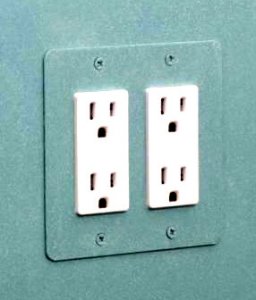fuzzybuddy
SF VIP
- Location
- The Sticks, Northeast PA.
Most of our home were built decades ago. We didn't have all the rechargeable things plugged into every socket. Every room in my house has extension cords, that are chock full of things plugged into them. Are you running out of outlets?


